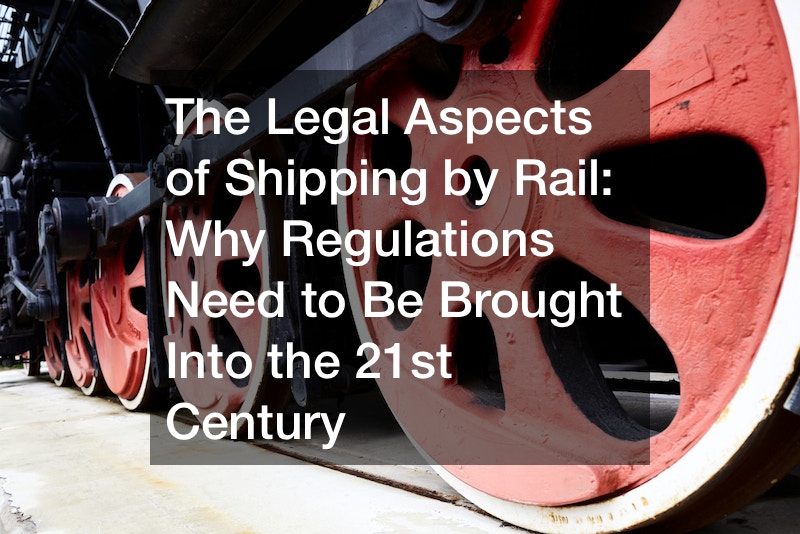They are made to carry liquids and gases like water, oil and liquid chemicals, petroleum products, and liquid hydrogen cars. They are open-topped cars with low sides , designed to hold large bulky cargo such as gravel, scrap metal, railway tracks, and ties. They don’t come with doors, and they must be unloaded manually. Specialty cars : There are automobiles that can carry motor vehicles, aggregates, ballast, and miscellaneous items. Transloading and Cross-Docking
Nowadays, cargo is typically moved from one transport mode to the other during the process of transloading, also known as cross docking. Cross docking is the process whereinbound cargo gets unloaded from one vehicle and then held for a moment before loading onto the next. Transloading is when inbound freight is unloaded and separated into new pallets for outbound shipping. Both of these methods permit small-sized shipments to be combined and can lower the cost of shipping and boost efficiency. Both will require compliance with every regulation in each jurisdiction that the shipment travels through and is among the important legal aspects of shipping by railway.
Rail sidings allow for straight delivery of any other railroad freight, and can be transported directly to the location without the need to cross docks or move.
Conclusion
If goods are shipped through rails to any location the destination, there will be legal issues associated with shipping via rail. Everyone involved in the transports should be aware and abide by the applicable laws.
njs344qni7.
